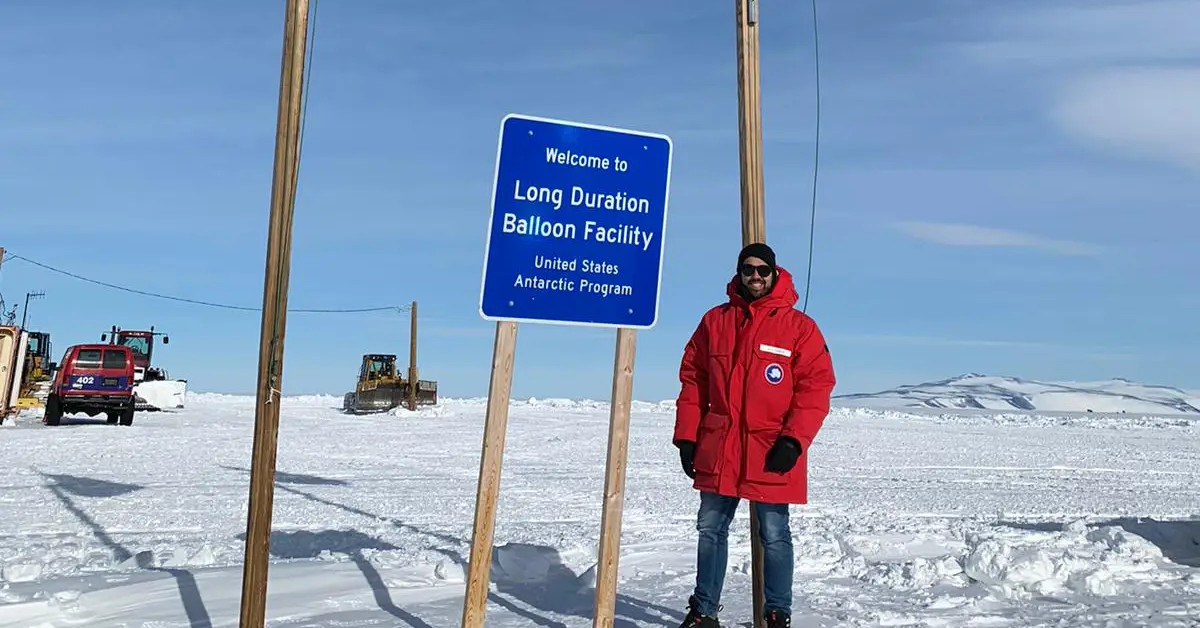
NASA is preparing to begin an experiment named GUSTO — short for Galactic / Extragalactic ULDB Spectroscopic Terahertz Observatory — to gather data that will be used to create a 3D map of a portion of the Milky Way Galaxy.
The GUSTO experiment involves a telescope that will float 120,000 feet over Antarctica on a high-altitude balloon for at least 55 days, soaking up high-frequency radio waves percolating through the cosmic interstellar medium — a term that refers to the gases, dust, radiation, and other materials that make up the space between stars. NASA has a fun guide to its scientific balloons that explains the zero-pressure and super-pressure balloons it uses for missions like this.
GUSTO will look for signals of carbon, oxygen, and nitrogen in the interstellar medium, seeking hints about how stars and planets form — specifically, what makes space particles come together to form the molecular clouds that precede star formation. The balloon will launch from the Antarctic McMurdo Station “no earlier than December 21,” according to NASA.
The investigative lead for the GUSTO project, Chris Walker of the University of Arizona, says GUSTO is uniquely suited to the task of picking up the terahertz frequencies that the particles transmit. “We basically have this radio system that we built that we can turn the knob and tune to the frequency of those lines,” he said in NASA’s announcement. “If we hear something, we know it’s them. We know it’s those atoms and molecules.”
NASA says the mission will also “reveal the 3D structure of the Large Magellanic Cloud,” which is a dwarf galaxy near the Milky Way that’s visible with the naked eye from parts of the Earth’s southern hemisphere. The telescope will fly in the South Pole’s atmospheric anticyclone, which will guide it in circles around the pole during the mission.
GUSTO isn’t the only balloon-based science instrument NASA uses. The agency has been using balloons to send up payloads, sometimes weighing thousands of pounds, for over 30 years. This particular mission is the first of the NASA Explorers Program, NASA representative Elizabeth Landau tells The Verge in an email. Explorers exists to “provide frequent flight opportunities for world-class scientific investigations from space utilizing innovative, streamlined and efficient management approaches within the heliophysics and astrophysics science areas,” according to NASA.






